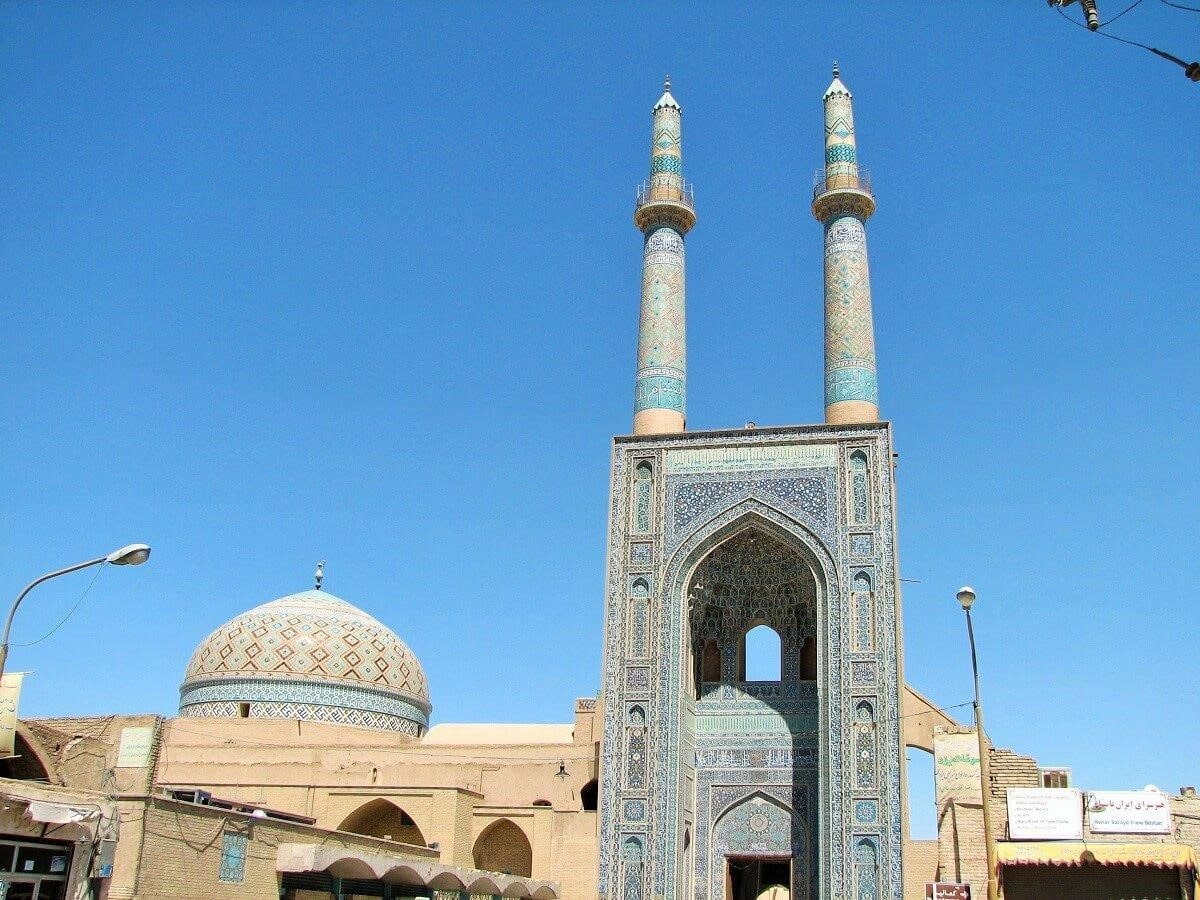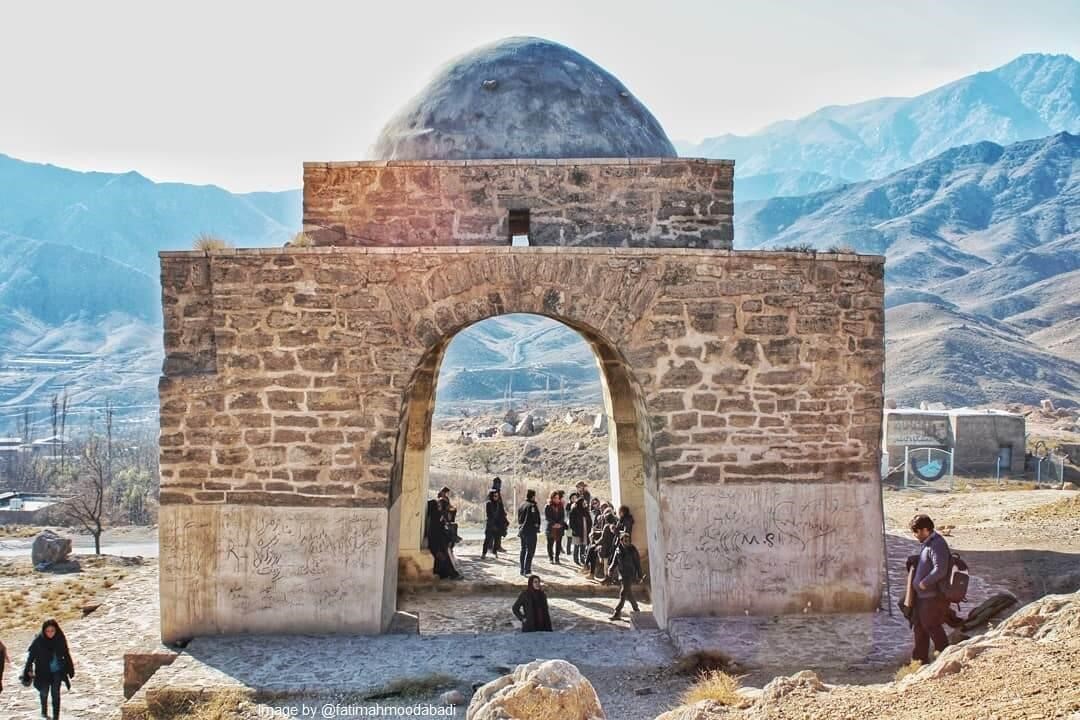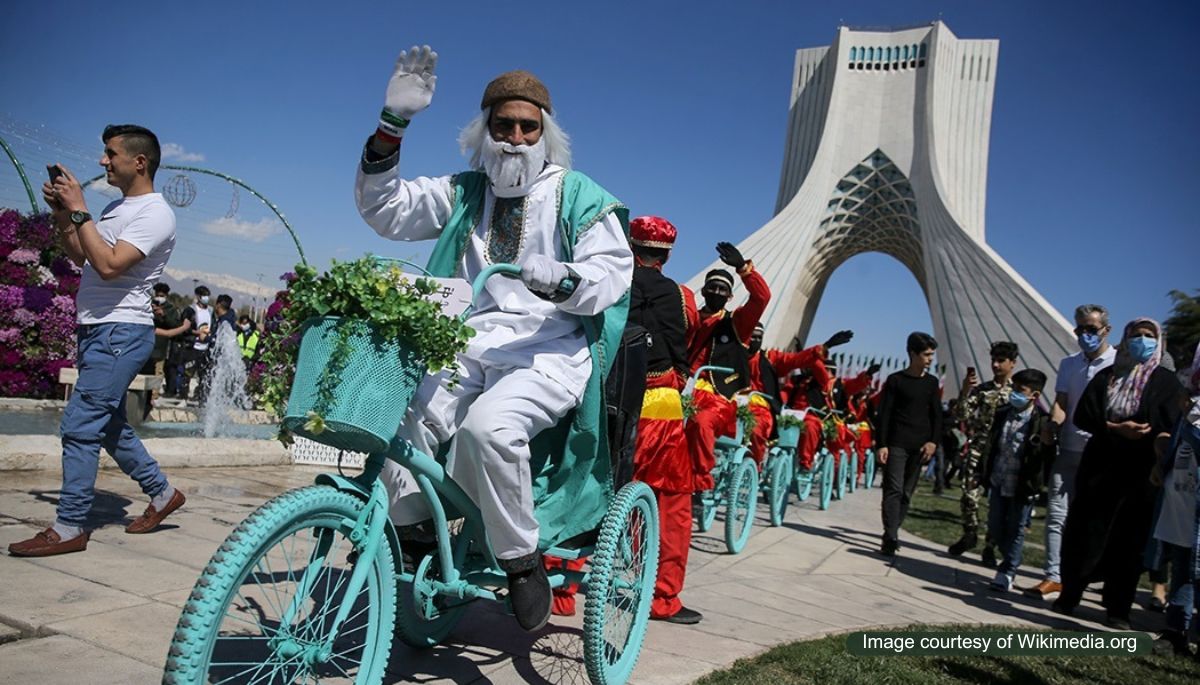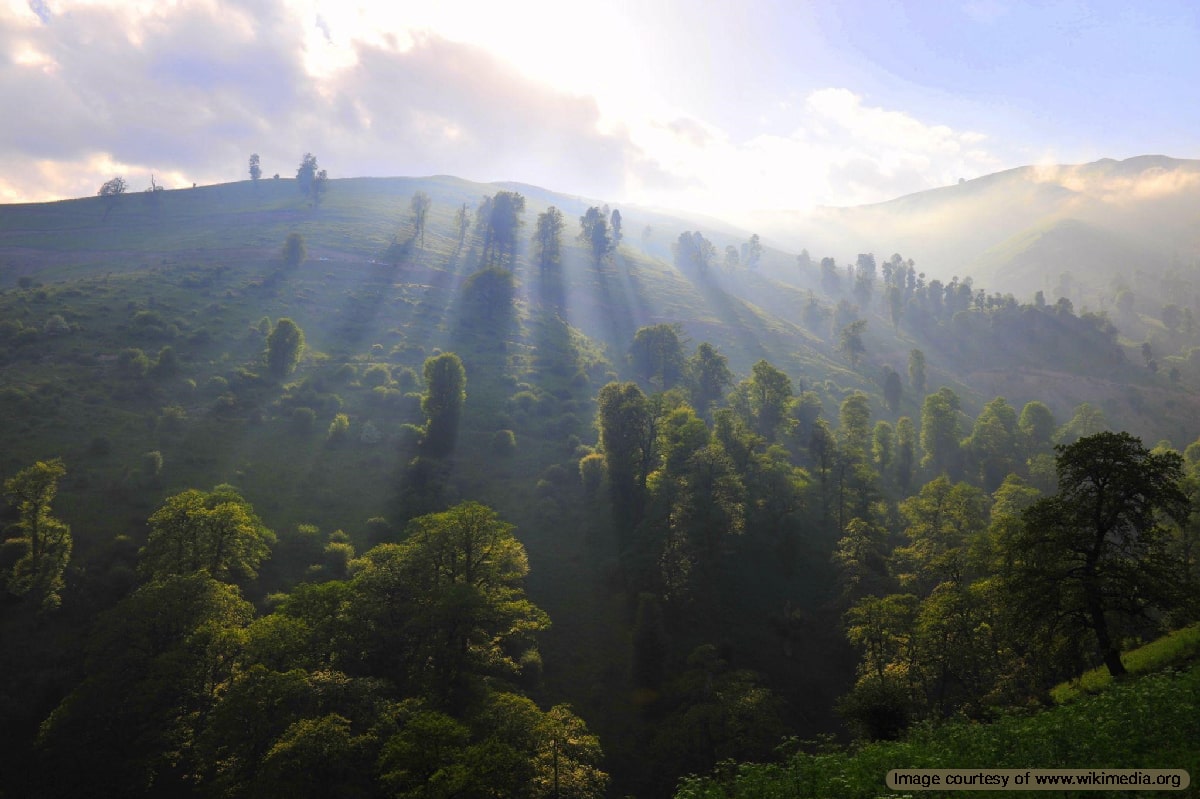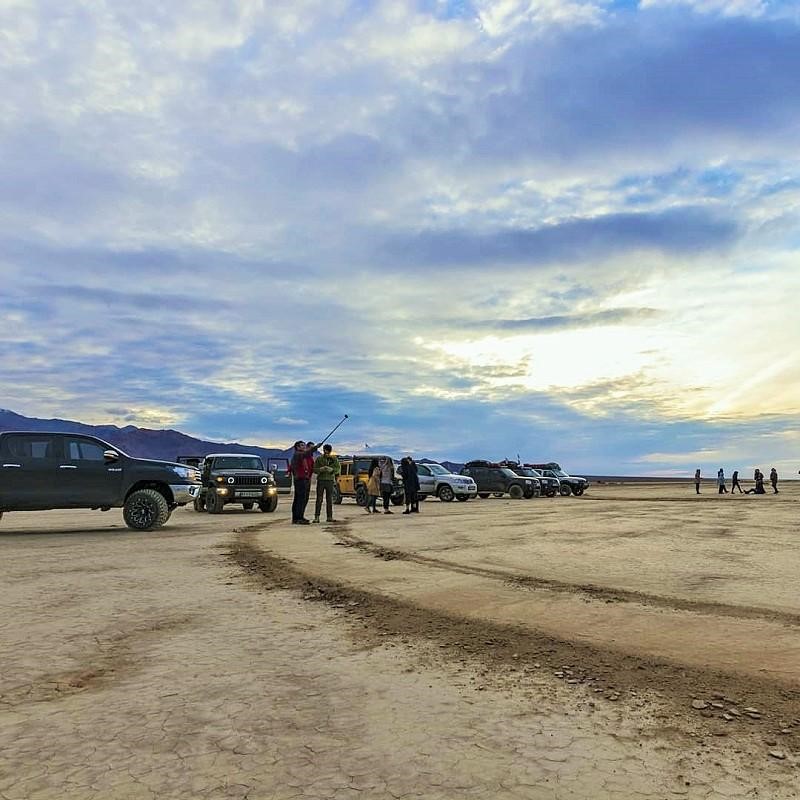
Many of you are familiar with the term “Safari Tours” to some extent. The term “Vahsh Gasht” has recently caught on in Iran when referring to Safaris, which roughly translates to a tour in the wild. Learning more about this type of tourism and its origin and history is helpful. Continuing this topic, we will also discuss the importance of following Responsible Tourism principles on safari trips because negligent travellers can cause irreparable damage to the environment and host community living in remote areas.
Today, safari refers to trips to remote natural attractions to see beautiful and spectacular views and a sense of adventure. During this time, travelers get to know different areas, communities, tribal communities, and cultures. They sleep outside, take pictures, record social media videos, and observe the Responsible Tourism Charter principles.
Safari History and Etymology
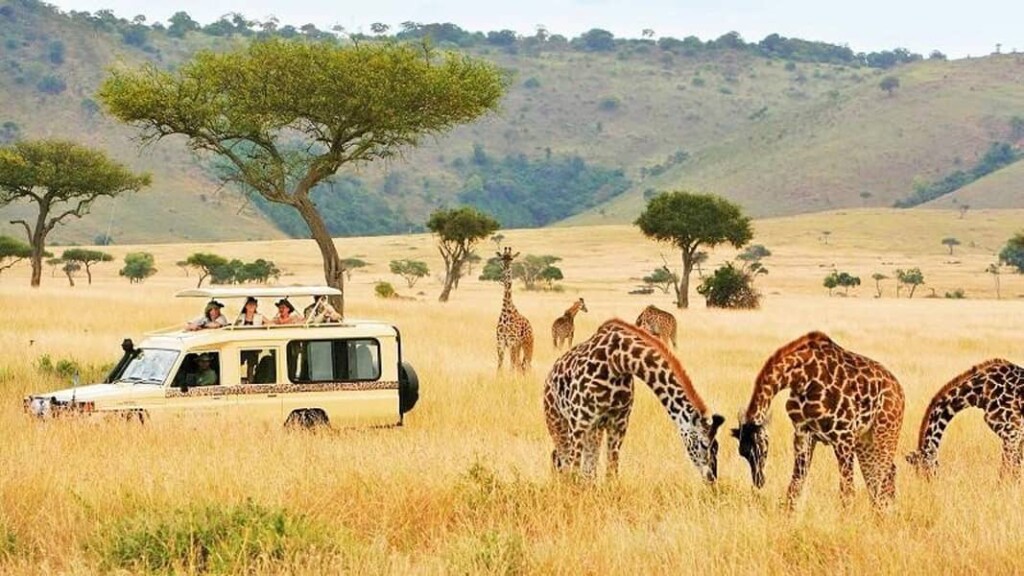
The word safari was first used to describe this form of travel in the Swahili language in Africa. It means “to journey.” The word “Safar,” Arabic in origin, is also used in Persian and has a few definitions. It is interesting to know that in the beginning, this word was used for a kind of recreational tour in nature, which was planned to hunt animals. Hunting large and rare animals such as lions, leopards, rhinos, elephants, and Cape buffalo has been Africa’s primary target of safari tours.
We have examples of recreational hunting trips in Iranian history as well. Kings and their royal court have famous hunting trips recorded in history and poetry from when the Iranian plateau’s wildlife had a lot of diversity. Of course, this vice led to the extinction of many species, some of which you may have heard of: The Asiatic lion, the Caspian tiger, and more. During the Qajar era, this type of recreational hunting caused irreparable fatal damage to Iran’s natural resources.
In 1836, William Cornwallis Harris, a military engineer, artist, and hunter, led an expedition whose sole purpose was to observe and record wildlife and natural scenery by a group of travelers. This trip was supposed to be relatively easy. The travelers started by waking up at dawn around sunrise, leading to a nature walk. Afternoon rest, a formal dinner, and telling stories in the evening while drinking and smoking tobacco was another part of this experience. It can be said that this is the start of safari tours in its modern sense.
Safari Fashion Trends and Off-road Safari Vehicles
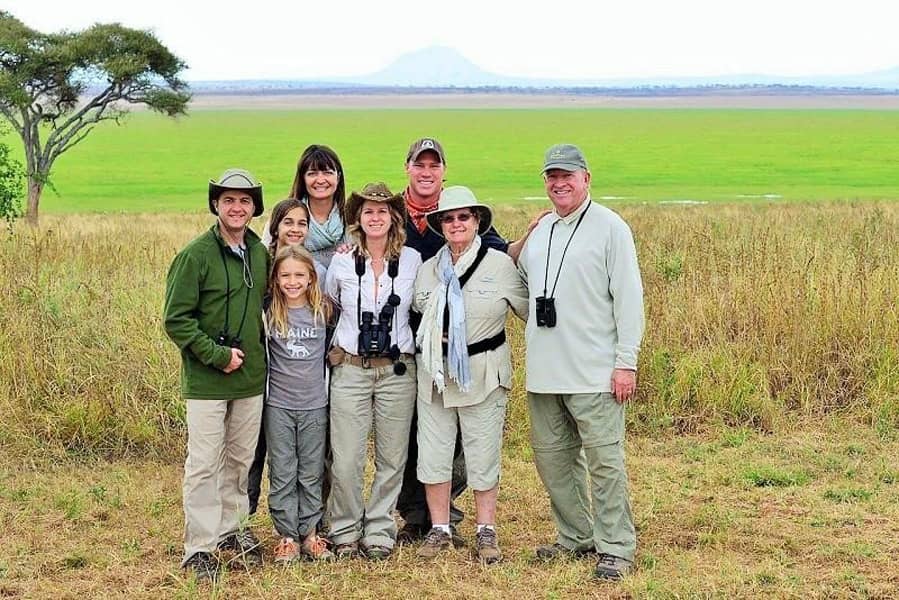
British officers who went on such trips had a dress code for this recreational activity. Unique khaki-colored clothing, linen belted waistcoats, light-brimmed hats, and patterns of animal skins were part of the fashion trends for safari tours in Africa. The brimmed hats were first used by British soldiers deployed in tropical areas.
This fashion style is still popular with celebrities and media personalities on African safaris. While safari fashion trends have evolved a bit, it is basically the same style designed and used by the British military.

In addition to fashion, which is partly practical to deal with the extreme heat and temperature fluctuations at night, the cars for this type of travel are also unique. Usually, strong cars with all-wheel drives and equipped with rescue equipment are chosen for safari. Sometimes the car itself is a place to sleep and rest, and sometimes local accommodations or tents are considered for tourists. These choices must be made with consideration. Otherwise, snake bites, heat, cold, humidity, and many other factors can make your trip difficult.
Modern Safari Tours in Iran

Safari tours are available in some areas of Iran as an adventure in remote natural attractions without any form of hunting. Safari tours are one of the most special ways to spend a vacation, as you can spend time in remote natural places that few people have set foot on.
A few people will travel together and spend the night in tents accompanied by professional and highly experienced tour guides. Sometimes travelers may encounter endangered species or at-risk ancient tribes, making professional guidance necessary.
Safari tours can help generate income for environmental protection projects, wildlife preservation programs, and protection of natural habitats. At the same time, one of the goals of safari tours is to create awareness about the importance of protecting the environment and supporting the local community of these areas.
Responsible Tourism and Safari Tours in Iran
Many safari tours take tourists to untouched and highly vulnerable areas in less developed countries. These travelers go to places where having electricity and running water is considered a privilege, not a right of citizenship. It is possible that local conflicts, famine, and hunger have made many people’s lives difficult, threatening their natural landscapes.
Therefore, in responsible tourism, it is believed that the potential income of safari tours should be dedicated to eradicating poverty in those areas and empowering disenfranchised communities. Safari tour managers must fulfill their social duty in confronting illegal hunting and exploitation of natural resources.
It is necessary that our tour guides in Iran adhere to the principles of the Responsible Tourism Charter. Irregular safari tours to remote, beautiful areas and ignoring conscious tourism principles will cause irreparable environmental damage. The benefits should not only be material and exclusive to a travel agency. Local communities and future generations should also benefit from the fruits of such activities. Travelers themselves should aim to leave little or no traces in such areas.
Today’s society needs the cooperation of governments, tour managers, local communities, and travelers to pursue the above goals. This is the only way we can achieve sustainable tourism. We should not wait until the not-too-distant future when safari tours are impossible because there are no wildlife or natural habitats and no people left in remote areas that keep Iranian cultural heritage alive.





